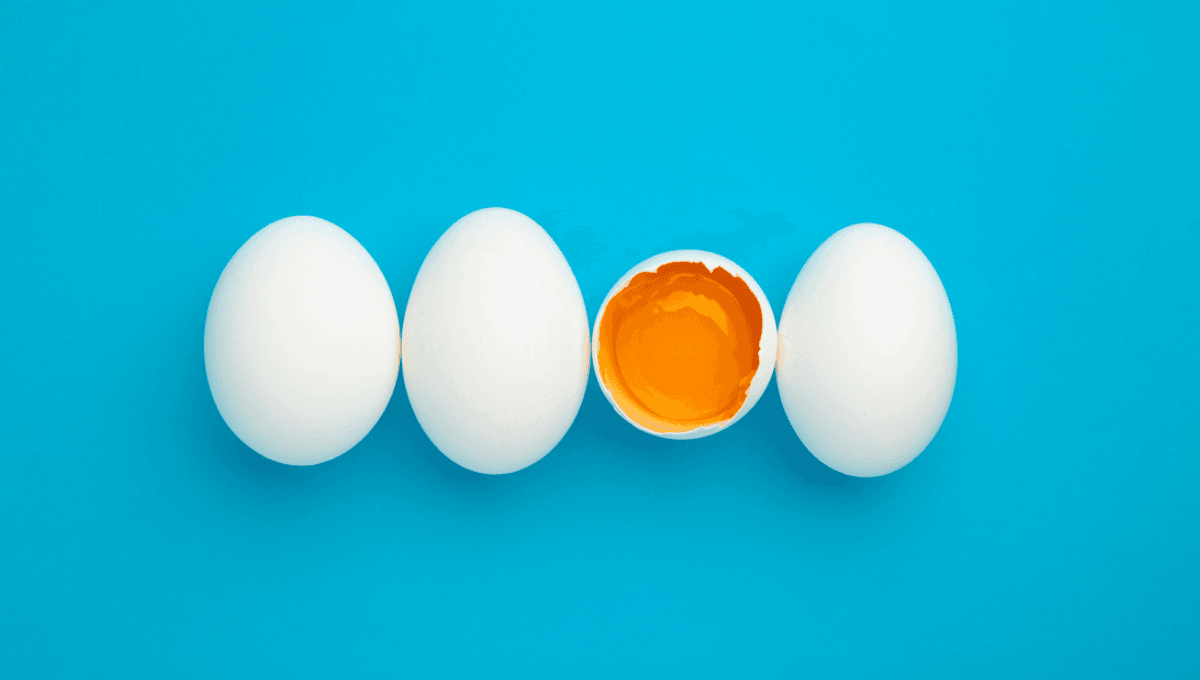
Do you ever spare a thought for your yolk sac? Of course not, you’re too busy thinking of yourself (or possibly never knew that it existed), but new research has discovered we have a lot to thank human yolk sacs for. It might sound like a vestige of evolution left behind by our distant relatives, but it actually serves multiorgan functions during our early development. Cheers to you, human yolk sac.
Yolk sacs are something we more commonly associate with birds – after all, you couldn’t sunny side up without that aesthetic orange orb. For these animals, the yolk supports developing avian embryos as their sole source of food.
Developing mammalian embryos get their energy through the placenta, but this doesn’t stop a temporary yolk sac that never fills with any food from emerging around a week after fertilization. The yolk sac begins to fade away come the end of the first trimester, disappearing after having seemingly done nothing at 14 weeks. Truly the Leonard Nimoy of developmental organs.
Or is it?
Previous animal models have suggested that the yolk sac might serve a broad function in deriving our first blood cells, including those that make up our immune response. It’s been tough to test for in humans, however, as studying it requires looking at embryos donated after abortion.
Using human yolk sac samples from a biobank in the United Kingdom, researchers were able to investigate cells from embryos that were 4 weeks to 8 weeks into development. They then sequenced RNA being released by the cells to see what structures they were ordering up.
It revealed functions across 15 categories, demonstrating that the human yolk sac – like in other animals – is linked to blood cell production, among several other functions. This new information can contribute to the “Human Cell Atlas” which aims to describe all cell types in the human body by shedding light on previously understudied structures.
The human yolk sac’s functions include the earliest production of blood and immune cells, as well as multiorgan functions extending to the liver and bone marrow. Though there were some similarities, the human yolk sac cells’ functions did differ from those of mice, both in their roles and the way they coordinate with other organs and cell systems.
Until now, little research had gone into the human yolk sac, so this new data represents a breakthrough in our understanding of what happens in the first few weeks after conception.
“Our study illuminates a previously obscure phase of human development, where vital functions are delivered by the [yolk sac] acting as a transient extraembryonic organ,” concluded the study authors. “Our comprehensive single-cell atlas represents a valuable resource for studying the cellular differentiation pathways specific to early life and leveraging these for tissue engineering and cellular therapy.”
The study is published in Science.
Source Link: The "Useless" Yolk Sacs Of Human Embryos Actually Serve An Important Function